Ever stared in the mirror, wishing for that flawless, glowy skin you see in skincare ads? You’re not alone. Cleansing is the cornerstone of any great skincare routine, but let’s be real—your hands or a washcloth can only do so much. That’s where facial cleansing brushes come in, promising a deeper clean, smoother texture, and a radiant complexion. But with so many options out there, which ones actually deliver? I’ve dug into the latest innovations, tested top models, and consulted dermatologist insights to bring you the ultimate guide to the best facial cleansing brushes of 2025. Let’s explore why these tools are a game-changer and which ones deserve a spot in your routine.
Why Use a Facial Cleansing Brush?
Think of your skin as a canvas. No matter how fancy your serums or moisturizers are, if the canvas isn’t clean, the results won’t shine. Facial cleansing brushes go beyond manual washing by removing dirt, oil, makeup, and dead skin cells that clog pores and dull your complexion. “These brushes provide a deeper cleanse, enhancing exfoliation and promoting smoother skin,” says celebrity esthetician Sarah Akram. They also boost circulation, giving your face that post-facial glow. Whether you battle blackheads or just want a brighter look, a cleansing brush can elevate your routine.
How Cleansing Brushes Work
Most cleansing brushes rely on sonic vibrations or oscillations to clean deeper than your fingers ever could. Sonic technology, like that in Foreo’s Luna 4, uses T-Sonic pulsations (up to 8,000 per minute!) to loosen debris from pores. Oscillating brushes, like the Clarisonic Mia Smart, move back and forth to scrub away impurities. These mechanisms mimic the gentle yet thorough work of a professional facialist, prepping your skin for serums and creams to absorb better. It’s like giving your face a mini workout—toning and refreshing in one go.
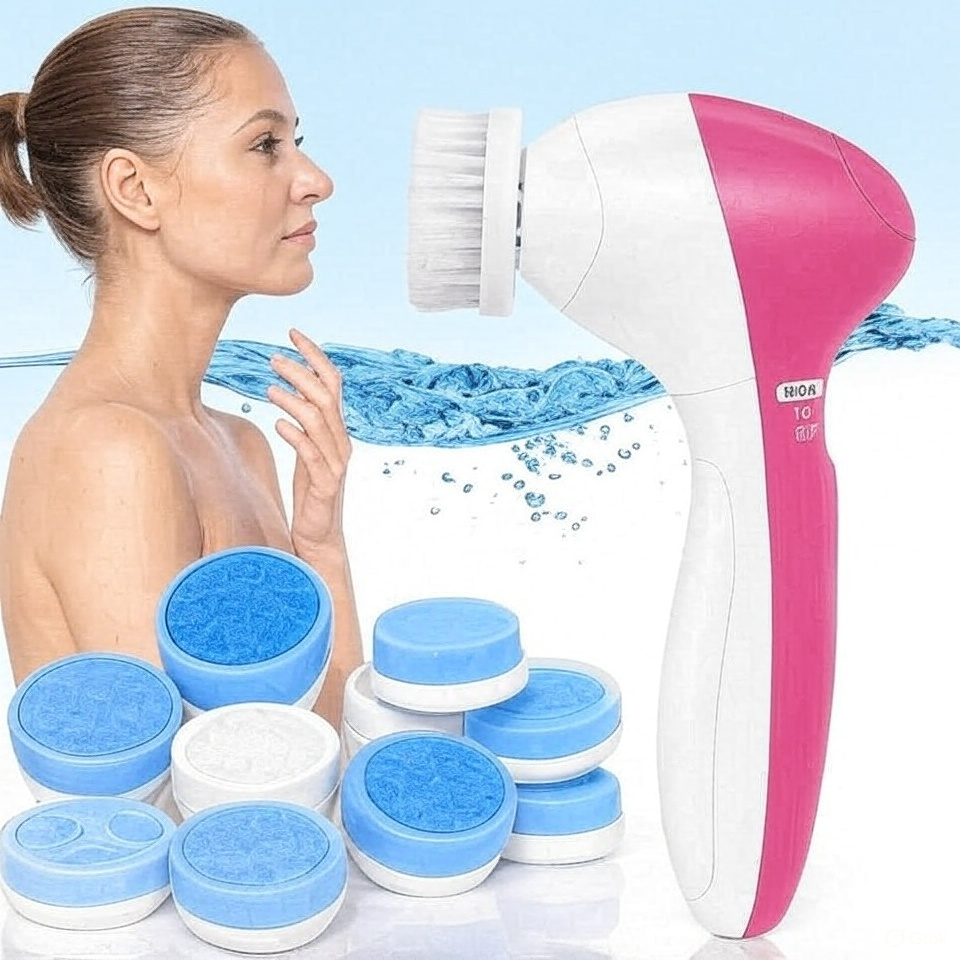
Manual vs. Electric Brushes
Not sure whether to go manual or electric? Manual brushes, like the Tata Harper Cleansing Kabuki Brush, are affordable and gentle, ideal for sensitive skin. They rely on your hand movements, offering control but less intensity. Electric brushes, such as the PMD Clean Mini, use vibrations or rotations for a hands-off deep clean, perfect for busy folks or those with stubborn makeup. However, electric models can be pricier and may irritate sensitive skin if overused. Your choice depends on your skin type and lifestyle—manual for simplicity, electric for power.
Key Features to Look For
Choosing the right cleansing brush is like picking the perfect coffee maker—it’s all about features that fit your needs. Look for adjustable speed settings to customize intensity, especially for sensitive skin. Battery life matters too; a USB-rechargeable brush like the RoseSkinCo. Petal 2 saves you from constant battery swaps. Waterproof designs are great for shower use, and ergonomic shapes ensure comfort. Most importantly, check the bristle material—silicone or nylon?—as it impacts both hygiene and skin compatibility.
Silicone vs. Nylon Bristles
Silicone bristles, found in brushes like the Foreo Luna 4, are the gold standard for 2025. They’re nonporous, resisting bacteria buildup, and gentler on sensitive skin. “Silicone is less abrasive than nylon, preserving the skin barrier,” says dermatologist Pooja Rambhia. Nylon bristles, used in older models like Clarisonic, offer aggressive exfoliation but can cause microtears if used harshly. If you have acne-prone or sensitive skin, silicone is your best bet; nylon suits those needing intense exfoliation for oily skin.
Top Facial Cleansing Brushes of 2025
After testing dozens of brushes and analyzing expert reviews, I’ve narrowed down the top performers for flawless skin. These picks cater to various skin types, budgets, and preferences, ensuring there’s something for everyone. Let’s dive into the best of the best.
Best Overall: PMD Clean Mini
The PMD Clean Mini steals the crown for its versatility and performance. With 7,000 vibrations per minute via SonicGlow™ technology, it deeply cleanses while improving blood flow. Its dual-sided silicone design—one side for cleansing, the other for massaging serums—makes it a multitasker. “It’s gentle yet effective for all skin types,” notes dermatologist Marisa Garshick. At $50, it’s a steal, and its slim, portable build is perfect for travel. No brush head replacements needed—just rinse and go.
Best for Sensitive Skin: Foreo Luna 4
For sensitive skin, the Foreo Luna 4 is unbeatable. Its ultra-soft silicone bristles and 16 vibration intensities let you customize your cleanse, from gentle to deep. The app integration guides you through routines, ensuring you don’t overdo it. “It’s clinically proven to remove 99.5% of dirt and oil without irritation,” says a Foreo reviewer. Priced at $279, it’s a splurge, but its 300-use battery life and T-Sonic massage make it worth every penny for sensitive skin warriors.
Best Budget Option: EZBasics Facial Cleansing Brush
Who says great skin has to cost a fortune? The EZBasics Facial Cleansing Brush, under $40, delivers with five speed settings and hygienic silicone bristles. It tackles stubborn makeup and dirt, leaving skin soft and clean. “It’s compact and powerful for the price,” says a tester. While it lacks fancy features like app connectivity, its battery-powered simplicity makes it a fantastic entry-level choice for budget-conscious skincare enthusiasts.
Best for Acne-Prone Skin: Buttah Skin Vibe Brush
If breakouts are your nemesis, the Buttah Skin Vibe Brush is your ally. Its antimicrobial silicone head and gentle vibrations clear pores without spreading acne-causing bacteria. Priced at $54, it’s easy to use and pairs well with Buttah’s cleanser for a radiant glow. “It leaves my skin feeling clean and soft, even with heavy makeup,” shares a user. Its broad cleansing head targets large areas, making it ideal for acne-prone skin needing a thorough yet gentle clean.
How to Use a Cleansing Brush Effectively
Ready to get that spa-like glow at home? Start by wetting your face and applying a gentle cleanser. Dampen the brush, turn it on, and move it in circular motions across your forehead, cheeks, nose, and chin for 60–90 seconds. “Avoid pressing too hard—let the brush do the work,” advises dermatologist Rachel Westbay. Rinse your face and brush, then pat dry. Use 2–3 times a week to start, adjusting based on your skin’s response.
Tips for Sensitive Skin
Sensitive skin folks, listen up: overdoing it can lead to redness or irritation. Stick to silicone brushes and use the lowest speed setting. “Limit use to once or twice a week,” suggests dermatologist Michael Garner. Pair with a fragrance-free, non-foaming cleanser to minimize irritation. If your skin feels tight or looks red, take a break and consult a dermatologist. Patience is key—your skin will thank you for the gentle approach.
Cleaning and Maintenance
A dirty brush is a recipe for breakouts. Rinse your brush thoroughly after each use with warm water and a mild soap. For silicone brushes, a quick rinse often suffices, but nylon bristles need weekly deep cleaning to prevent bacteria buildup. “Replace nylon brush heads every three months,” recommends the Good Housekeeping Institute. Store in a dry, ventilated area, and avoid sharing your brush to keep it hygienic. A clean brush equals clean skin—simple as that.
Are Cleansing Brushes Worth It?
Let’s talk value. At $20–$279, cleansing brushes aren’t cheap, but they can be a worthy investment. They deliver a deeper clean than hands alone, improve product absorption, and reduce blackheads over time. However, they’re not essential—diligent manual cleansing works too. If you wear heavy makeup, live in a polluted area, or crave that spa-like glow, a brush can elevate your routine. Weigh the cost against your skincare goals and budget before diving in.
Potential Risks and How to Avoid Them
Cleansing brushes aren’t perfect. Over-exfoliation can disrupt your skin barrier, causing irritation or breakouts, especially for sensitive or acne-prone skin. “Use sparingly—2–3 times a week max,” warns dermatologist Brendan Camp. Dirty brushes can also transfer bacteria, so hygiene is non-negotiable. Stick to gentle cleansers, avoid harsh scrubbing, and monitor your skin’s reaction. If irritation persists, scale back or consult a pro.
Expert Opinions on Cleansing Brushes
Dermatologists are cautiously optimistic about cleansing brushes. “They’re effective for deep cleansing and exfoliation but aren’t for everyone,” says Dr. Ife J. Rodney. Those with rosacea or eczema should steer clear, as physical exfoliation can worsen these conditions. For healthy skin, brushes enhance routines when used correctly. Experts emphasize hygiene, gentle use, and pairing with a suitable cleanser to maximize benefits without compromising skin health.
Comparing Cleansing Brushes to Other Tools
How do cleansing brushes stack up against washcloths or manual exfoliants? Washcloths are cheap but can harbor bacteria and feel rough. Manual exfoliants like scrubs offer control but lack the precision of brushes. Cleansing brushes combine exfoliation and deep cleansing in one step, saving time and effort. However, they require maintenance and an upfront cost. If you want efficiency and results, brushes win; for simplicity, stick to basics.
Conclusion
Facial cleansing brushes are like the secret weapon in your skincare arsenal—delivering a deeper clean, smoother texture, and that coveted glow. From the versatile PMD Clean Mini to the sensitive-skin-friendly Foreo Luna 4, there’s a brush for every need and budget. By choosing the right features, using it correctly, and keeping it clean, you can unlock flawless skin without stepping into a spa. Ready to elevate your routine? Pick a brush that suits your skin type and start glowing. Your mirror will thank you.
FAQs
1. How often should I use a facial cleansing brush?
Use it 2–3 times a week to avoid over-exfoliation. Sensitive or acne-prone skin may need just 1–2 sessions weekly. Adjust based on your skin’s response.
2. Can I use a cleansing brush with any cleanser?
Yes, but opt for gentle, non-foaming cleansers without chemical exfoliants to prevent irritation. Fragrance-free options are best for sensitive skin.
3. Are silicone brushes better than nylon ones?
Silicone is gentler, more hygienic, and ideal for sensitive skin. Nylon offers stronger exfoliation but can be harsh and requires frequent replacement.
4. Will a cleansing brush help with blackheads?
Yes, regular use can reduce blackheads by clearing pores of oil and debris. Pair with a suitable cleanser and don’t overdo it to avoid irritation.
5. Can I use a cleansing brush if I have acne?
Yes, but choose a silicone brush like the Buttah Skin Vibe Brush and use it gently 1–2 times a week to avoid spreading bacteria or worsening breakouts.
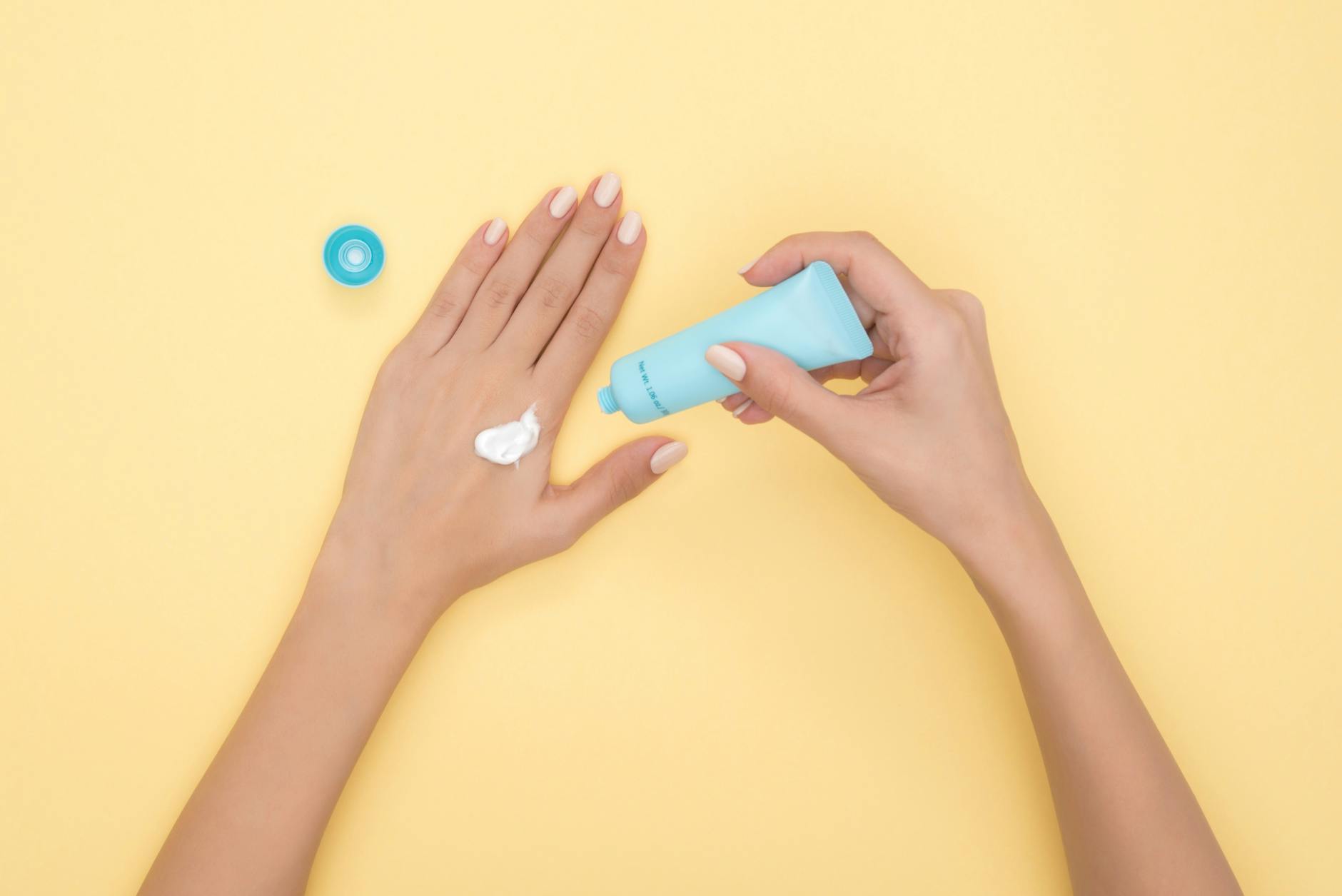

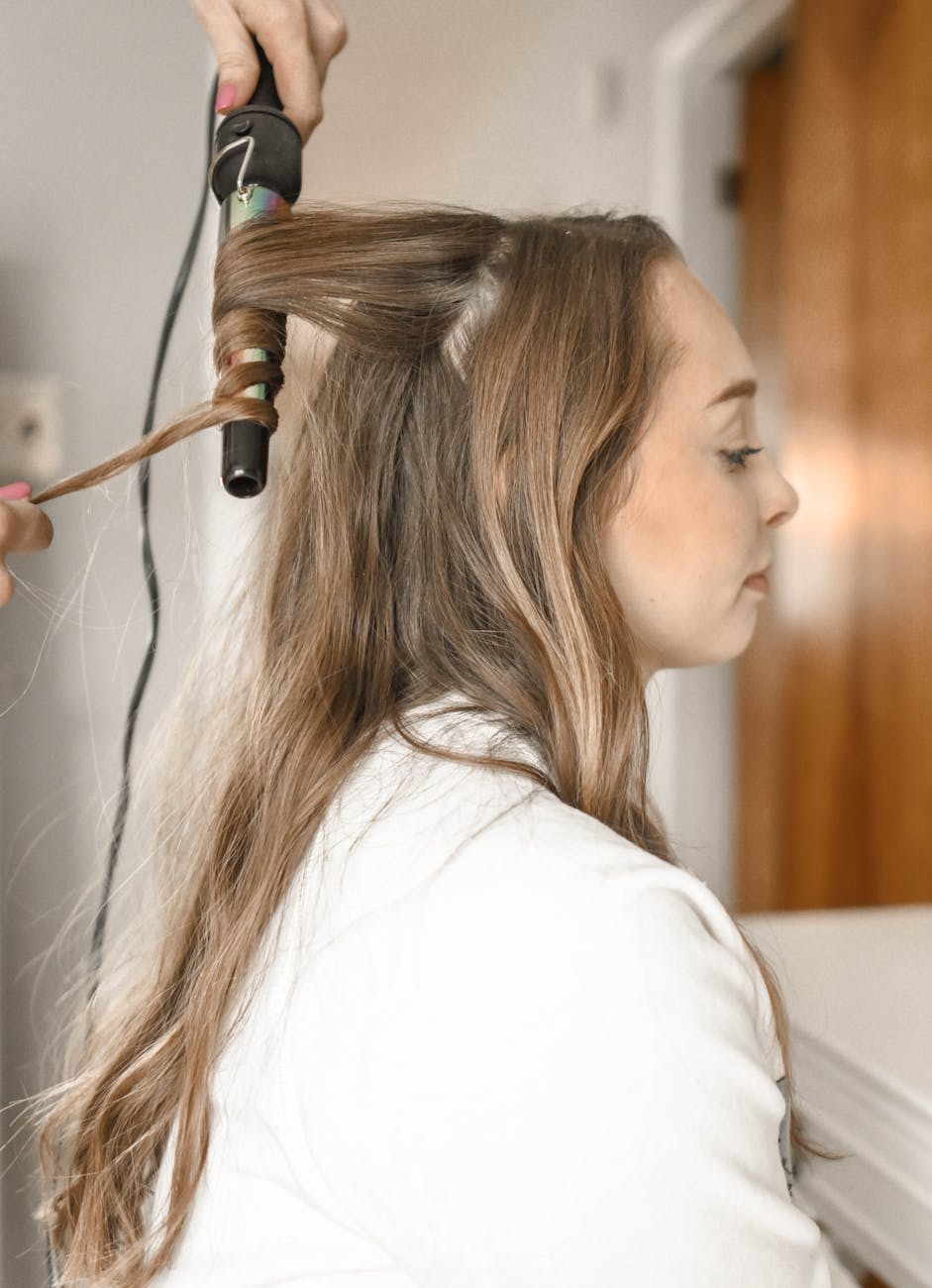





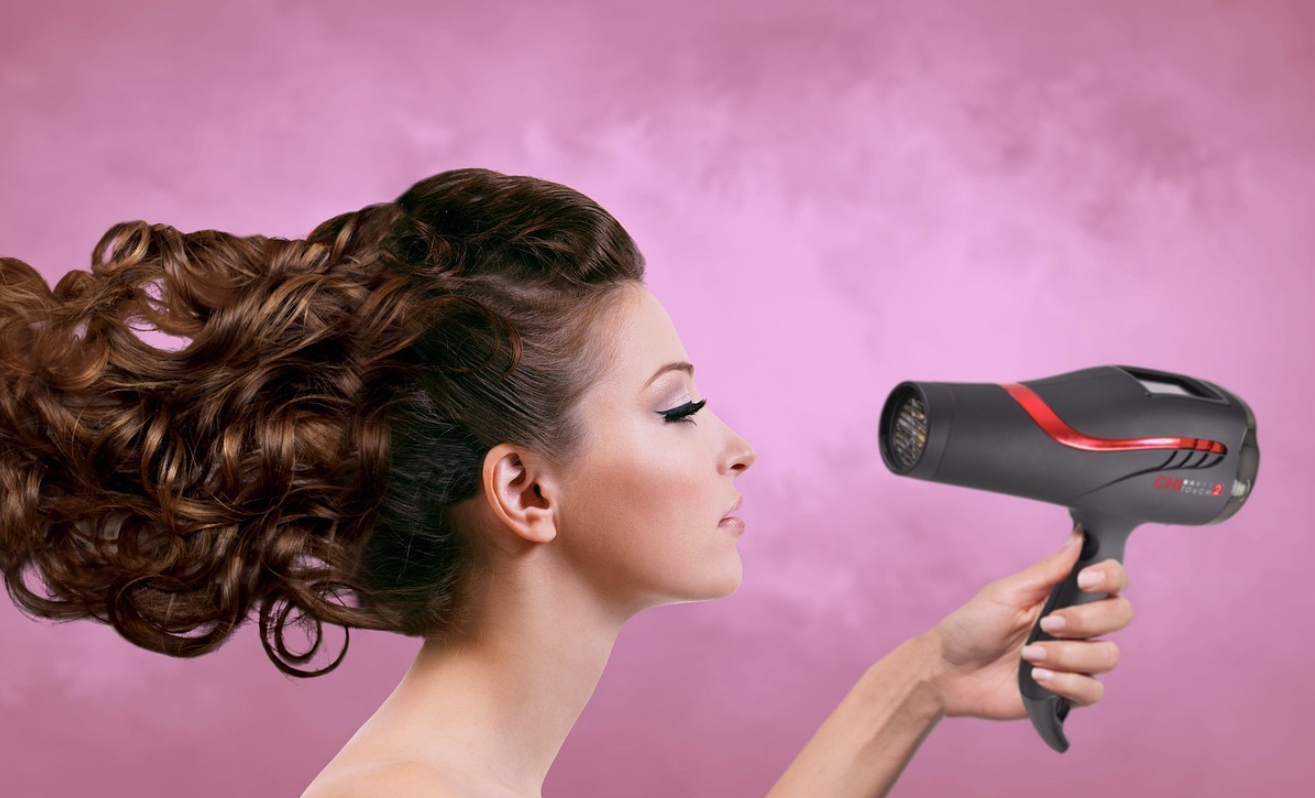




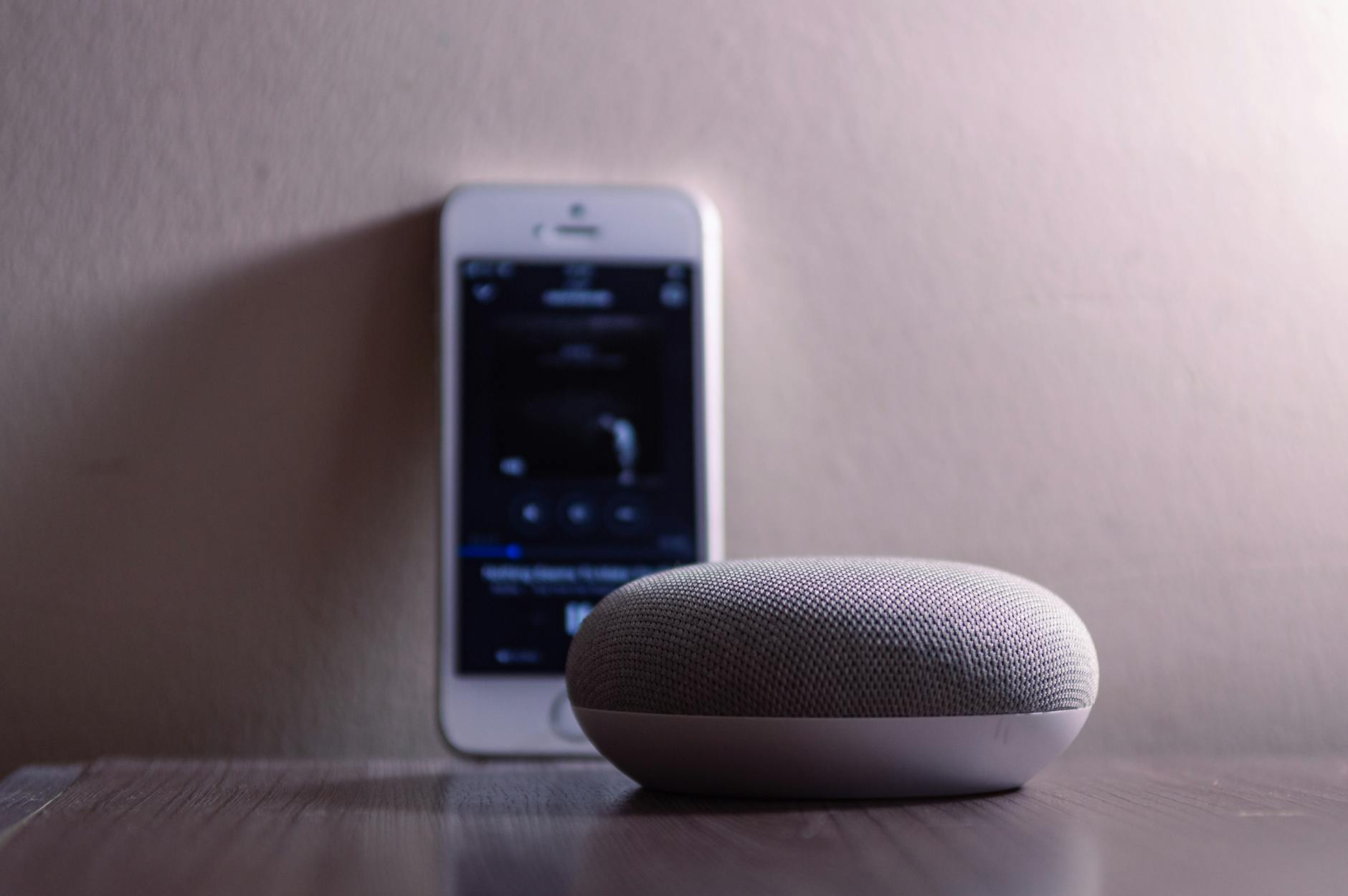
Leave a Reply